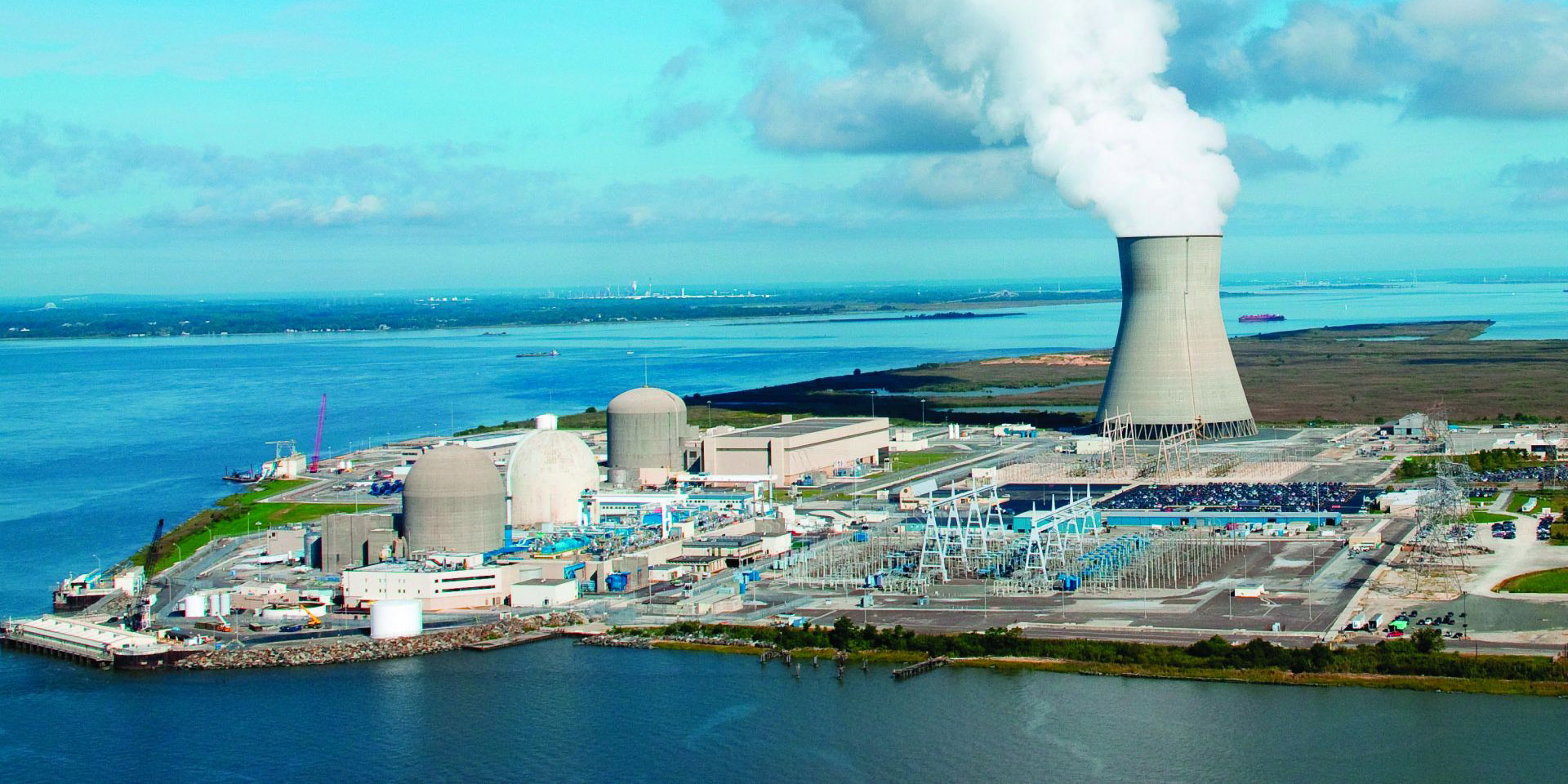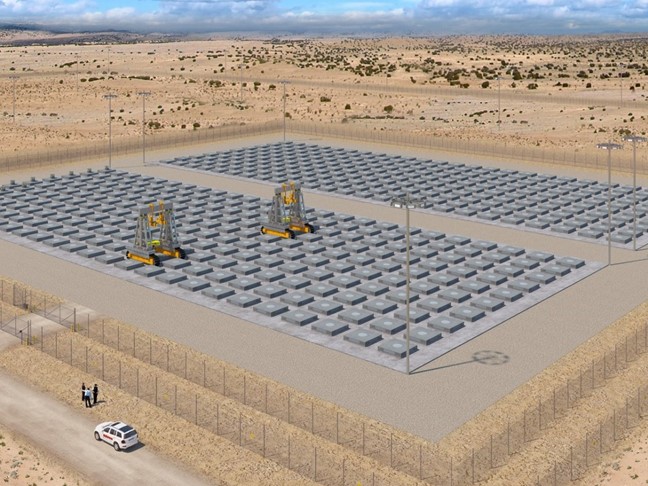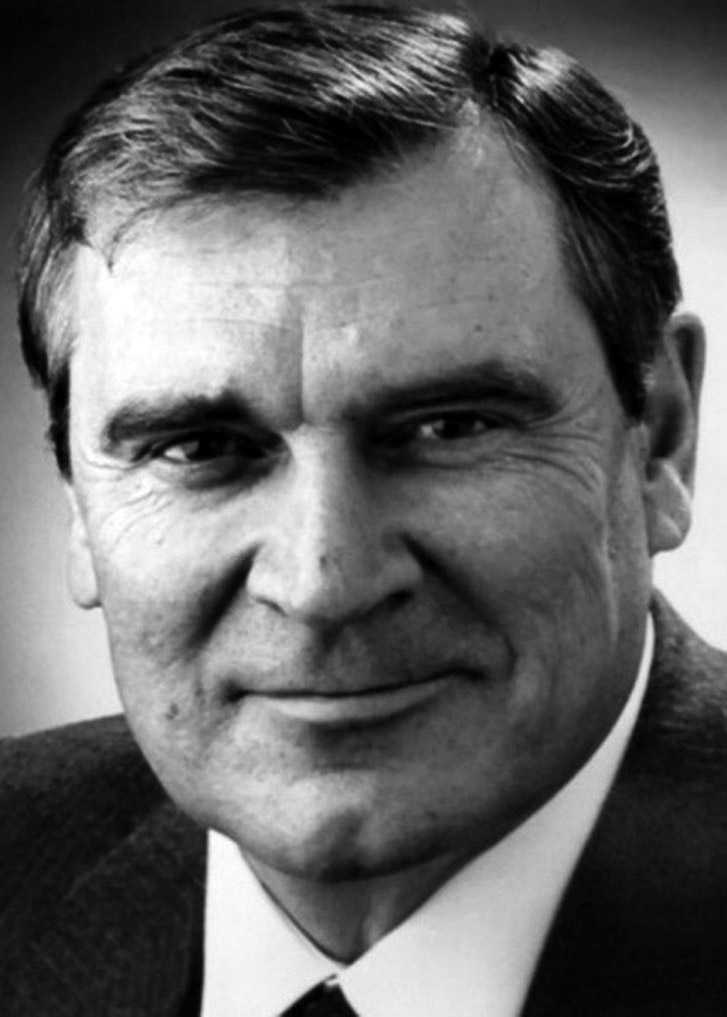The Hope Creek and Salem nuclear power plants. (Photo: PSE&G)
PSEG Nuclear LLC announced this week it will pursue subsequent license extensions to keep the three reactors at its Hope Creek and Salem plants operating for an additional 20 years. Both plants had been granted initial life extensions years ago by the Nuclear Regulatory Commission, Salem-1 and -2 on June 30, 2011, and Hope Creek on July 20, 2011.
October 31, 1928–March 31, 2024

Jupiter
Clyde Peter Jupiter passed away peacefully March 31, 2024, at the age of 95. Born October 31, 1928, in New Orleans, La., Jupiter attended public and parochial schools in New Orleans, graduating from Xavier University in 1948. He was a member of the Alpha Phi Alpha fraternity and was noted as one of the first African Americans to attend Notre Dame University in 1949.
Following graduation, Jupiter pursued a career in the field of physics, where he was renowned for his contributions to nuclear radiation detection and the advancing of nuclear energy. His career in the nuclear field included working for such agencies as the Atomic Energy Commission, Lawrence Laboratories, and the Nuclear Regulatory Commission.
He also served in the U.S. Army from 1954 to 1956 at the Chemical Corps Laboratory, in Fort Detrick, Md.
Concept art of Holtec’s proposed HI-STORE CISF in New Mexico. (Image: Holtec)
The 5th Circuit Court of Appeals has vacated Holtec International’s license to build and operate a consolidated interim storage facility (CISF) for spent nuclear fuel near the Waste Isolation Pilot Plant in southeastern New Mexico. The Nuclear Regulatory Commission granted the license for the Holtec facility, called the HI-STORE CISF in May 2023.
SRNS’s Sean Alford (standing) discusses career opportunities with Winthrop University faculty and staff during a tour of the Savannah River Site. (Photo: SRNS)
Faculty and staff from Winthrop University recently toured the Department of Energy’s Savannah River Site as part of a workforce development partnership.
Left: Behrens as a physics lecturer in 1969 at the University of Illinois—Urbana-Champaign. Right: Behrens at home today with his new pup Snowflake.
We welcome ANS members who have careered in the community to submit their own Nuclear Legacy stories, so that the personal history of nuclear power can be captured. For information on submitting your stories, contact nucnews@ans.org.
The James Wm. Behrens family legacy in America starts with Henry H. Behrens, who came across the pond from Germany in 1857. He was later joined by Wilhelmina, also from Germany, and they were married in Alton, Ill., in about 1862. One of their sons, George Wm. Sr., was my grandfather. He and his wife, Frances Walker (of Irish and English descent), had three sons, one of whom (George Wm. Jr.) was my father. I was born in 1947 and raised in the small country town of Bunker Hill, Ill. I attended Bunker Hill elementary and high schools, graduating from the latter in 1965.
John Hill, deputy director for science and technology at BNL, with Ruqaiyah Patel, deputy director of UKRI North America, at a recent reception held by UKRI's North America office to mark the funding of the EIC. (Photo: BNL)
The U.S. Department of Energy is constructing the Electron-Ion Collider (EIC) at Brookhaven National Laboratory to explore the boundaries of nuclear physics—both for the sake of science and to support diverse applications, including in nuclear medicine, radiation safety, and nuclear energy. The project, already supported by international collaborators in 40 countries, just secured a significant commitment from the United Kingdom.
March 18, 1925–December 26, 2023

Joseph M. Hendrie
To those of us who knew Joe, even prior to his appointment as chair of the Nuclear Regulatory Commission, it is an understatement to say that he was a larger-than-life member of the nuclear science and technology enterprise. He was best known to the broader community for two major accomplishments: the design and construction of the High Flux Beam Reactor (HFBR) at Brookhaven National Laboratory and the creation of the standard review plan (SRP) for the U.S. Atomic Energy Commission.
In addition to the products of these endeavors becoming major fundaments to their respective communities, they were uniquely Joe. The safety analysis report for the HFBR was written essentially single-handedly by him. This was true of the SRP as well, which became the key safety review document for the NRC as it performed safety reviews for the growing number of power reactor applications in the United States. His deep technical knowledge of nuclear engineering and his extraordinary management skills made this possible.
Irradiation of test fuel at SCK-CEN's BR2 reactor in Belgium. (Photos: KAERI)
The Korea Atomic Energy Research Institute has developed a high-density uranium silicide fuel designed to replace high-enriched uranium in research reactors. Recent irradiation tests appear to be successful, KAERI reports, which means the fuel could be commercialized to continue a key global nuclear nonproliferation effort—converting research reactors to run on low-enriched uranium fuel.















